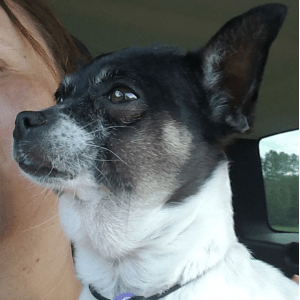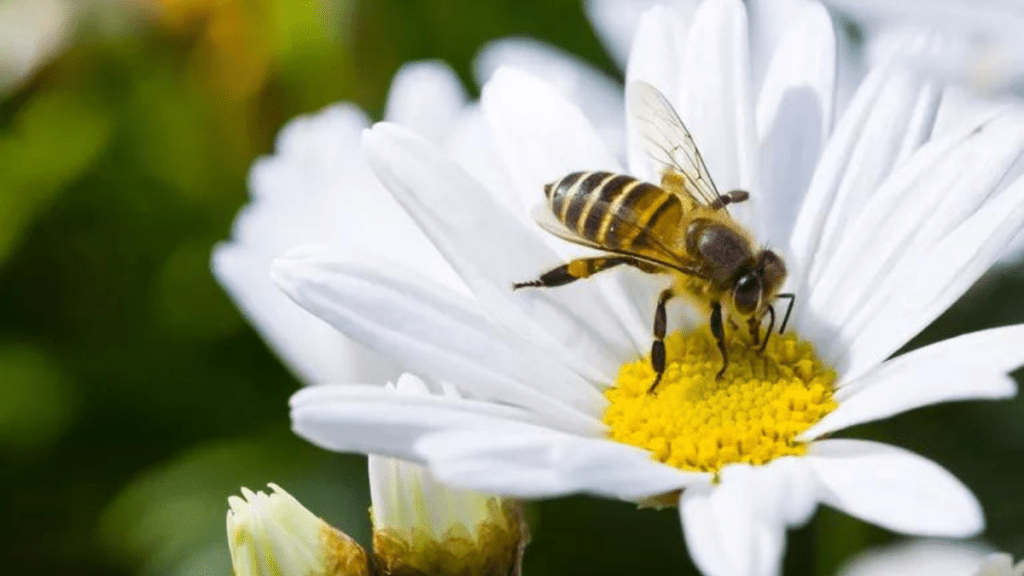Hey all, it’s Linda Lou the Dog Blogger again! Today I’m itching to share with you some information about bug bites (pun intended!). Insect bites and stings are not something that I personally ever have trouble with, but my sister Connie Mae has horrible reactions to bee and wasp stings. Just check out these pictures.


As you can see, she gets all lumpy and her face gets really puffy. I try not to laugh, because she really does look miserable! Bees, flies and other biting insects don’t discriminate, and any dog or cat who is outdoors is at risk of getting bitten. Let’s look at when it is safe to manage an insect attack at home, versus when it becomes more serious and possibly life threatening.
Bees, wasps and hornets are the most common insect bites that can cause an issue. Gnat bites look horrible and can itch, but they are rarely a cause for concern. When bees sting, they can occasionally leave behind their stinger. If your pet is stung by a bee and that stinger is sticking out, first try to gently remove it. Then apply a cold compress to the bite area (a bag of frozen peas wrapped in a towel always works well). If the area is itchy, you can apply some Hydrocortisone ointment to it. Connie always gets itchy, so our mom has Hydrocortisone on-hand at all times! Oral Benadryl (diphenhydramine) is also safe to give. Dogs can get 1mg per pound of body weight, not to exceed 60mg at a time. Benadryl can be given every 8 hours, but usually just one dose will take care of it. Just be aware that Benadryl can cause sleepiness. So until you know how your dog will react, it’s best not to let them operate heavy machinery under the influence of Benadryl!
When your pet suffers an aerial bug assault, it is important to carefully monitor them for the next 24 hours, but especially right away. If your pet were to have an anaphylactic reaction, it would most likely occur within 30 minutes of being stung/bit. Keep an eye out for any swelling of the face or throat, which would make breathing difficult. Trembling, weakness, vomiting, diarrhea and collapse are all signs that should tell you to get to the vet IMMEDIATELY.
Later,
Linda Lou the Blog Dog






